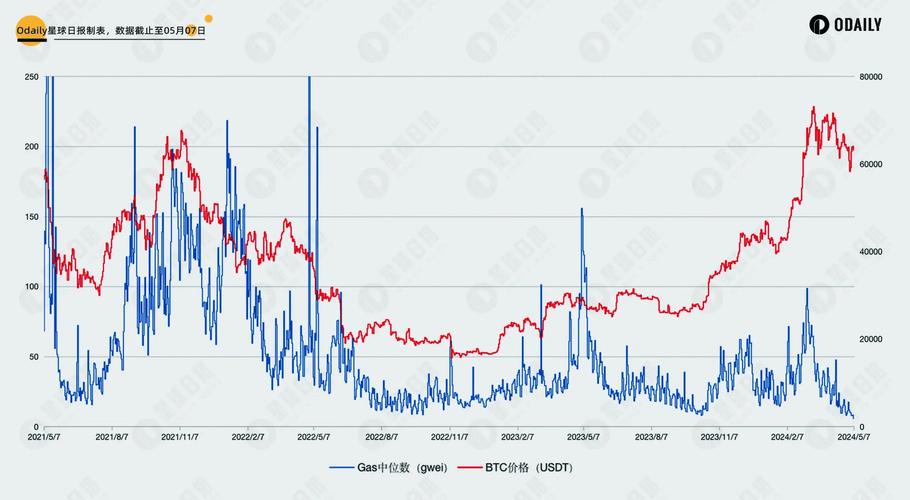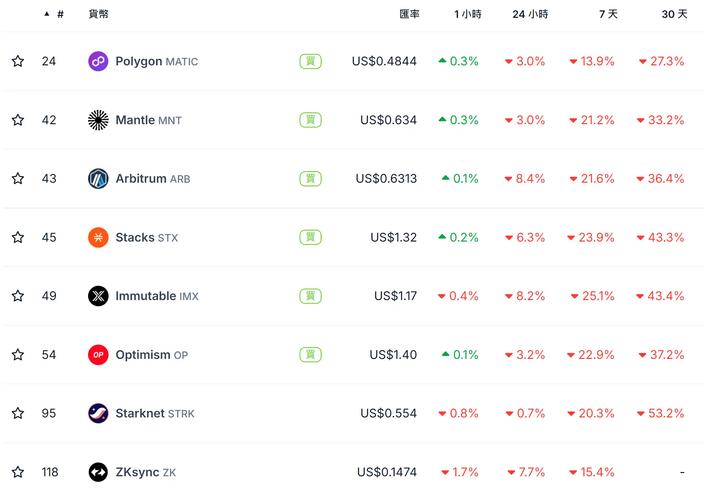
Understanding Current Gas Fees on Ethereum: A Comprehensive Guide
When engaging with the Ethereum network, understanding the current gas fees is crucial. Gas fees are the costs associated with executing transactions on the Ethereum blockchain. These fees are paid in Ether (ETH) and can vary widely based on network congestion and demand. In this detailed guide, we will explore the various aspects of current gas fees on Ethereum, helping you navigate the transaction process more effectively.
What Are Gas Fees?
Gas fees are the payment made to miners for processing transactions on the Ethereum network. Each transaction requires a certain amount of computational work, and gas fees are used to incentivize miners to include your transaction in the next block. The higher the gas fee, the more likely your transaction will be processed quickly.

Factors Influencing Gas Fees
Several factors can influence the current gas fees on Ethereum:
-
Network Congestion: When the network is busy, more transactions are competing for space in the next block. This increased demand can drive up gas fees.
-
Transaction Complexity: Transactions that require more computational work, such as those involving smart contracts, tend to have higher gas fees.
-
Block Size: The size of a block can also impact gas fees. If a block is full, miners may charge higher fees to ensure your transaction is included.

-
Time of Day: Gas fees can fluctuate throughout the day, with higher fees often seen during peak hours.
How to Check Current Gas Fees
Monitoring current gas fees is essential for planning your transactions. Here are some popular methods to check gas fees:
-
Ethereum Gas Station: This website provides real-time data on current gas fees, including the average, fast, and slow fees.
-
MetaMask: If you’re using MetaMask, you can view the current gas fees directly within the wallet interface.
-
Block explorers: Websites like Etherscan and Blockchair offer gas fee information for recent transactions.
Understanding Gas Fees in ETH
Gas fees are typically expressed in Gwei, which is a smaller unit of Ether. To convert Gwei to ETH, you can use the following formula:
| Amount of Gwei | Equivalent in ETH |
|---|---|
| 1 Gwei | 0.000000001 ETH |
| 10 Gwei | 0.00000001 ETH |
| 100 Gwei | 0.0000001 ETH |
| 1000 Gwei | 0.0001 ETH |
Optimizing Gas Fees
There are several strategies you can use to optimize your gas fees:
-
Choose the Right Time: Avoid sending transactions during peak hours when gas fees are typically higher.
-
Use a Gas Price Calculator: Tools like Gasnow can help you estimate the optimal gas price for your transaction.
-
Batch Transactions: If you have multiple transactions to send, consider batching them together to reduce the overall cost.
-
Use a Layer 2 Solution: Layer 2 scaling solutions like Optimism and Arbitrum offer lower gas fees compared to the Ethereum mainnet.
Conclusion
Understanding current gas fees on Ethereum is vital for anyone engaging with the network. By monitoring gas fees, choosing the right time to send transactions, and utilizing optimization strategies, you can ensure a smooth and cost-effective experience on the Ethereum blockchain.




